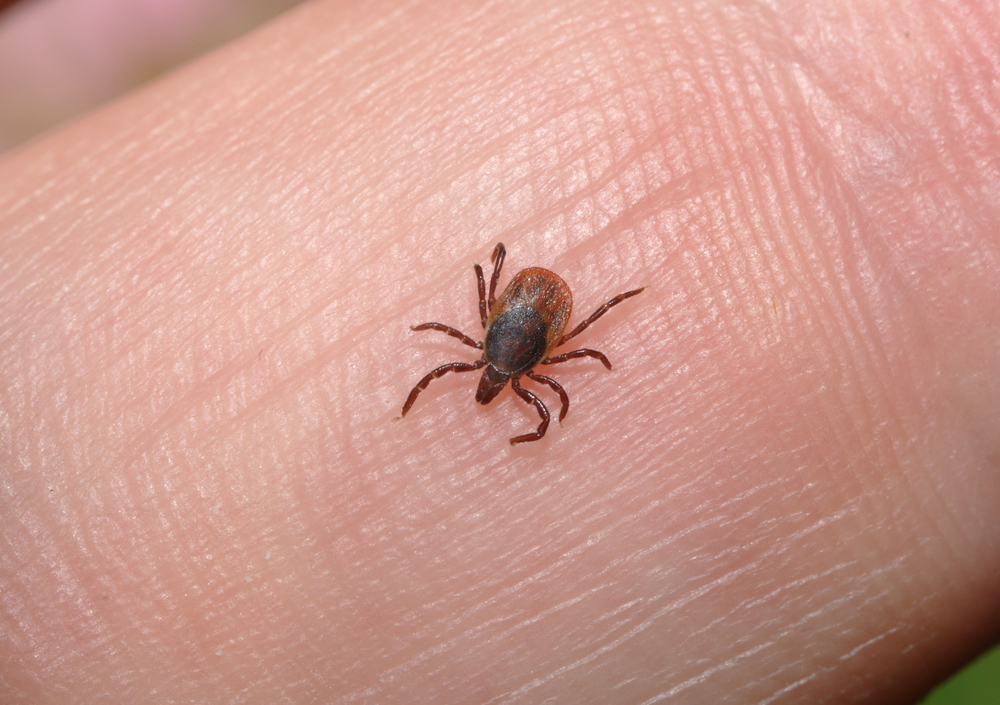-
Tick Tips from Mayo Clinic
Mayo Clinic, in Rochester, Minn., reports seeing an increase in patients being treated, and even hospitalized, for tick-borne illnesses. The clear message from Mother Nature - tick season is in full swing. In fact, 40 percent of tick bites in the upper Midwest occur in July. However, even avid fans of the great outdoors can fully enjoy all their favorite activities without fear if they take the proper steps to protect themselves.
Tick Tips:
- Use a suitable insect repellent.
- Check yourself, your children and your pets after spending time outdoors.
- To reduce risk on hikes, stay on trails. If you leave the path, wear long pants tucked into your socks.
- If you find ticks, remove them right away. Use force and pinch the tick near its mouth parts, pulling the tick out slowly in a continuous motion. Don’t twist it, which may leave mouth parts embedded in the skin.
- Keep grass short in yards and avoid ungroomed areas.
Mayo Clinic infectious disease expert Abinash Virk, M.D., says among the top tick-borne diseases of concern right now are Lyme disease, anaplasmosis, ehrlichiosis and babesiosis.
http://www.youtube.com/watch?v=vYPBRnxyTjc
Journalists: Sound bites with Dr. Abinash (AH-bih- nosh) Virk (Verk), tick b-roll video in a Mayo Clinic laboratory and Mayo-produced still photos of ticks are available in the downloads.
Different species of ticks are known to be prime carriers of particular diseases. Ticks collected from patients who've been bitten are routinely identified and studied in Mayo Clinic labs. The Centers for Disease Control and Prevention (CDC) says the tiny black-legged tick, often called the deer tick, is present across much of the eastern United States, as well as all West Coast states. Dr. Virk says it's a frequent carrier of Lyme disease which, if left untreated, can cause a host of medical complications affecting the heart, joints and nervous system.
Sound Bite #1 - DEER TICKS (Dr. Abinash Virk, Mayo Clinic Infectious Diseases) "Particularly the small nymph of the tick, which is the small earlier stage of the tick. That is the one more likely to transmit these diseases." TRT :10








